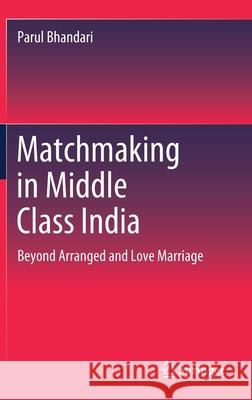Matchmaking in Middle Class India: Beyond Arranged and Love Marriage » książka
topmenu
Matchmaking in Middle Class India: Beyond Arranged and Love Marriage
ISBN-13: 9789811515989 / Angielski / Twarda / 2020 / 188 str.
Matchmaking in Middle Class India: Beyond Arranged and Love Marriage
ISBN-13: 9789811515989 / Angielski / Twarda / 2020 / 188 str.
cena 201,72
(netto: 192,11 VAT: 5%)
Najniższa cena z 30 dni: 192,74
(netto: 192,11 VAT: 5%)
Najniższa cena z 30 dni: 192,74
Termin realizacji zamówienia:
ok. 22 dni roboczych
Bez gwarancji dostawy przed świętami
ok. 22 dni roboczych
Bez gwarancji dostawy przed świętami
Darmowa dostawa!
Kategorie:
Kategorie BISAC:
Wydawca:
Springer
Język:
Angielski
ISBN-13:
9789811515989
Rok wydania:
2020
Wydanie:
2020
Ilość stron:
188
Waga:
0.46 kg
Wymiary:
23.39 x 15.6 x 1.27
Oprawa:
Twarda
Wolumenów:
01
Dodatkowe informacje:
Wydanie ilustrowane











